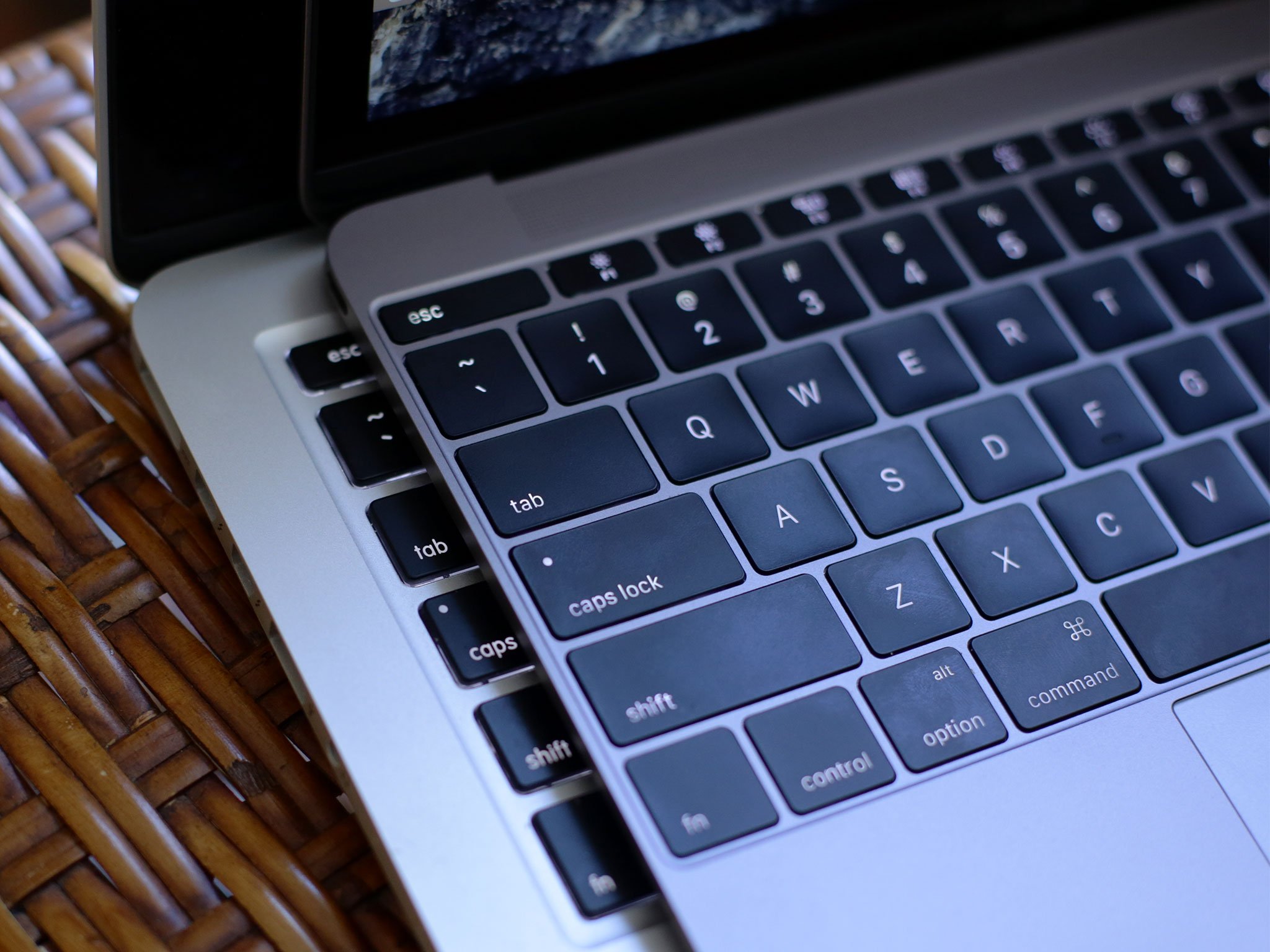The MacBook and the future of Apple laptops

Tim Cook was unambiguous about the new MacBook during his most recent conference call with financial analysts:
We believe — and I think most everyone agrees — this is the future of the notebook.
The new MacBook hasn't exactly wowed early reviewers with its performance capabilities, but I think the laptop is fundamentally designed to appeal to a different class of user than Apple currently caters to with its MacBook Air and the Retina MacBook Pro.
Having said that, the company is likely going to continue to make powerful laptops that appeal to its current customer base. So when Cook says that the MacBook is the future of the notebook, what does he mean?
I'm certain the Force Touch trackpad will be in the next version of the 15-inch Retina MacBook Pro.
The MacBook's wacky and magical new Force Touch trackpad has already begun to spread across the rest of Apple's laptop line. It's already on the 13-inch Retina MacBook Pro, and I'm certain the new trackpad will show up in the next version of the 15-inch Retina MacBook Pro when it gets an update.
I'd love to see the new keyboard make it into the next 15-inch MacBook Pro, too: Using the new MacBook's keyboard is an exercise in retraining muscle memory, in part because it's a more compact case design (the keys are closer together than they are on any other MacBook). Combine that slick design with the full-sized spread of a 15-inch laptop, and you'd have a powerful combination that would enable Apple to make the Retina MacBook Pro even more slender than it is now.
That said, I don't think we need to worry about Apple "dumbing down" the rest of the MacBook line with slower processors or less capable integrated graphics systems. One of the reasons we haven't seen a refreshed 15-inch Retina MacBook Pro is because Apple's still waiting for the right Intel Broadwell processors to become available for it. Those processors will deliver the performance pro users expect, all the while improving efficiency over the current Haswell processors in the 15-inch MacBook Pro. (The 13-inch made the Broadwell switch when the new Force Touch trackpad version shipped in April, though it was a tad overshadowed by the MacBook's launch.)
New Mac customers simply assume that they'll be able to go gold, silver, or space gray.
One of the most remarkable things about the new MacBook is just how thin and light it is. It's substantially thinner than the MacBook Air, and not all that much thicker than a full-sized iPad. Obviously there are physical constraints engineers have to deal with based on the size of the display, but it wouldn't surprise me to see future MacBook Pros and MacBook Airs sport similarly thin designs, especially as Apple spreads USB-C throughout the product line — which seems rather inevitable.
iMore offers spot-on advice and guidance from our team of experts, with decades of Apple device experience to lean on. Learn more with iMore!
I additionally look forward to the continued evolution of the MacBook itself. It's the first Mac to sport Intel's Core M processor: a lower-power, smaller microprocessor compared to the circuitry you might find in other Mac laptops. It's one of the reasons Apple was able top make the new MacBook as tiny as it is, and without a fan to boot.
The Core M doesn't offer the same performance as the Core i5 processors found in other Mac laptop models, but Apple has total control over hardware and operating system software, which enables them to get performance out of the system that you simply won't find in other computers that use this same processor type.
It also wouldn't surprise me at all to see Apple add different case colors to the MacBook Pro and MacBook Air line going forward. Before you dismiss this as an unnecessary complication, consider this: Almost every time I sell a MacBook Air or MacBook Pro in the store I work in, customers ask me what colors are available. New Mac customers — especially those who are buying Macs for the first time — simply assume that they'll be able to go gold, silver, or space gray, like they can with the phone.
The 11-inch MacBook Air seems like the odd man out at the moment.
The real question I have is in regards to the future of the 11-inch MacBook Air. The 11-inch MacBook Air seems like the odd man out at the moment: It gives Apple a laptop that retains for less than a grand, but it does so without differentiating performance between it and the 13-inch MacBook Air model, save for the 13-inch's display. Unfortunately, the emphasis on small size and light weight puts it in competition with the new MacBook.
For now, anyway, customers more concerned about price will continue to get the MacBook Air, so it'll be interesting to see what Apple does to differentiate the low-end MacBook Air going forward.
What innovations are you looking forward to in the Mac laptop line? What are you using now, and are you eyeing an upgrade this year? Let me know what you think in the comments.

